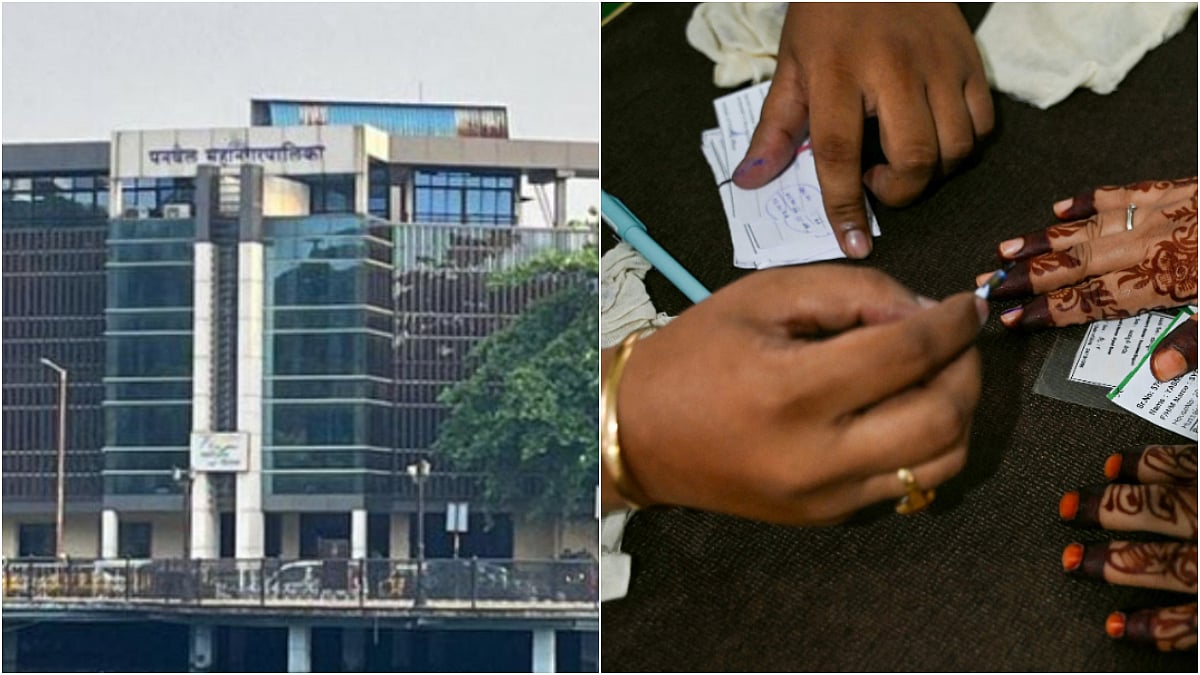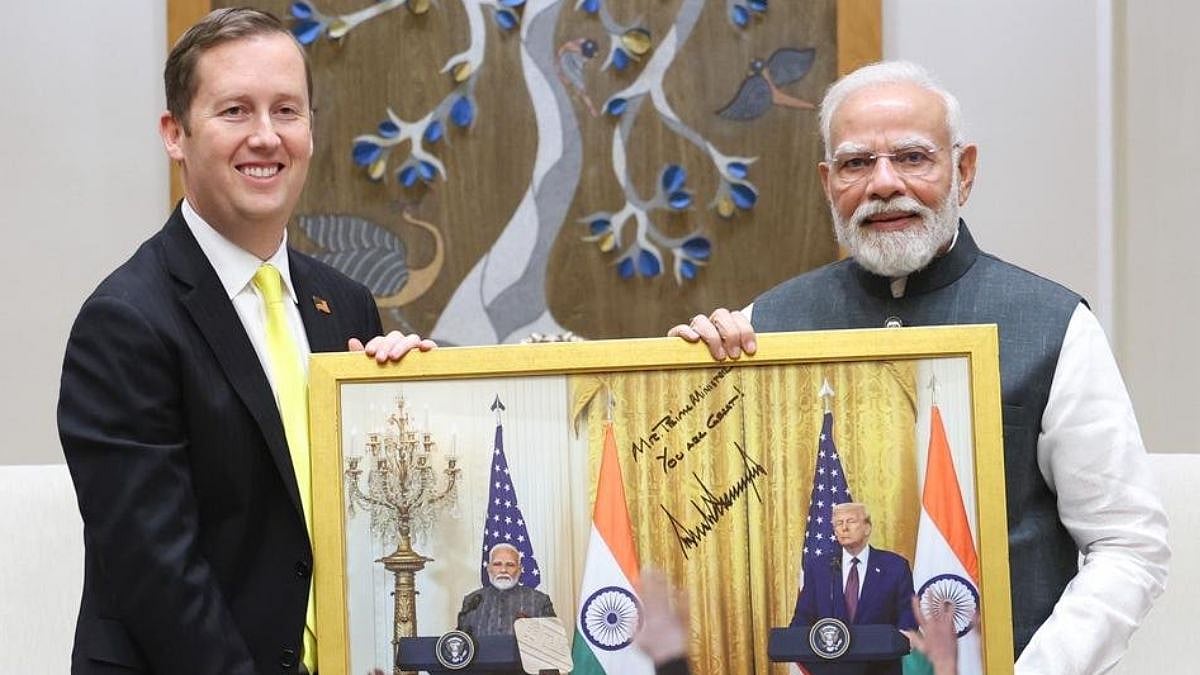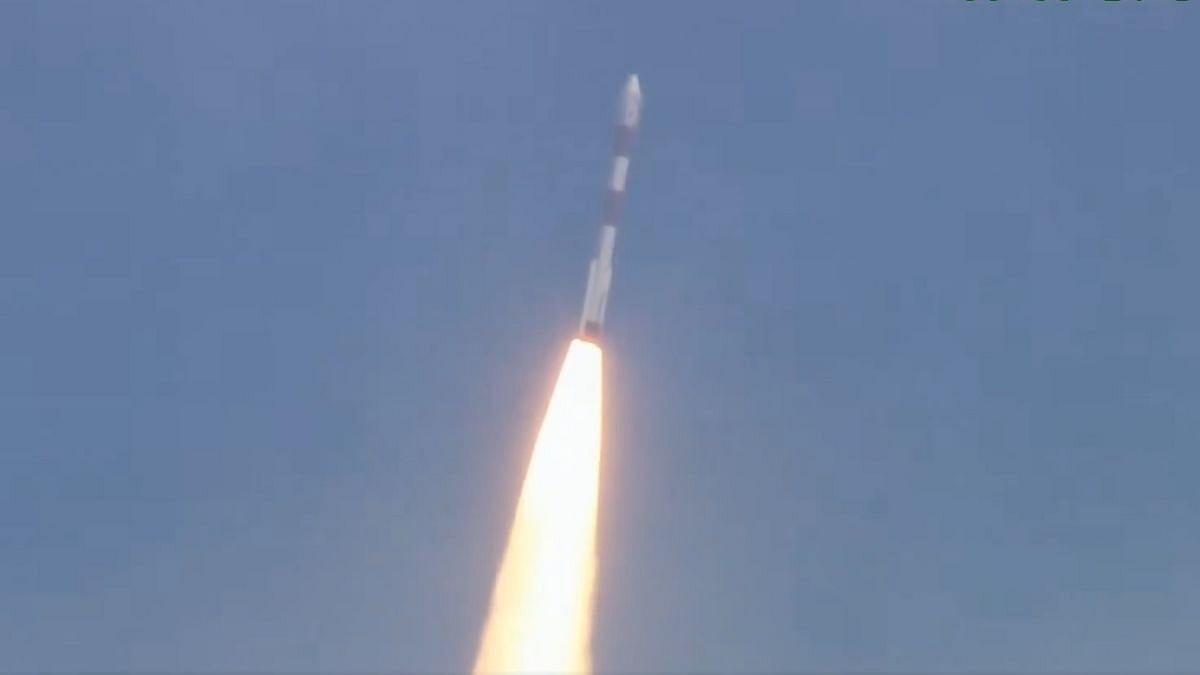Clearly, the Government is alive to the lack of demand in the economy post-Covid-19, but it seems determined not to cross the 'Lakshman rekha' on printing excessive currency notes and thus leave the future generations unreasonably burdened. Though economists are divided on the extent to which the purse strings should be loosened for dealing with the terrible impact of the once-in-a-lifetime pandemic, policymakers would rather be fiscal conservatives than shift the crisis to the future.
Seen in this light, Monday’s announcements to revive demand acknowledge the problem though the measures may not go far in making an overall impact on growth. For one, the steps are mostly babu-centric. Allowing government servants to encash leave travel allowance for 2018-21 provided they spend the money on designated products and services is a novel idea. Cash vouchers in lieu of LTA and spending it through various digital platforms is expected to infuse Rs 19,000 crore into the economy, should all those entitled in government and Central public sector undertakings avail of the scheme.
It is unlikely everyone will be enthused, especially if spending on replacing white goods or other durables is avoidable during these hard economic times. Should the states too offer the same scheme to their employees, the expectation is that it would generate a fresh demand of another Rs 9,000 crore. Given the near 25 per cent drop in growth in the first quarter of 2020-21, the above does not hold the promise of making a big impact. But then, even small measures ought to be welcome.
Notably, the government might recover a percentage of the expected spending through the proposed LTA vouchers by way of GST and other levies on the goods and services purchased. Another tiny demand booster ahead of the festival season is the offer of an interest-free advance of Rs 10,000 each to government employees, to be returned in ten equal annual instalments. Most employees, especially in Class III and Class IV categories, are likely to avail of the facility. Together, the above steps are projected to boost demand by Rs 36,000 crore. The Centre has also decided to extend 50-year interest-free loans of Rs. 12,000 crore to states in the current financial year while it has increased its own capital expenditure budget by Rs 25,000 crore.
In the first five months of the current fiscal, the Central spending did not attain even the level of spending in the same period last year. Therefore, spending the additional funds in the remainder of 2020-21 is doubtful. However, Finance Minister Nirmala Sitharaman’s cautious approach on deficit financing could draw support from conventional economists, considering that retail inflation is now creeping up, having reached an eight-month high of 7.34 per cent last month.
The mischief has been done by rising food and vegetable prices, which are expected to stabilise at the end of the monsoon period. Overall, the economy is likely to contract at least by over nine per cent this year. Key sectors are in the grip of demand-slump. A full-scale revival of growth will have to wait till at least the middle of next year, that is, if the much awaited coronavirus vaccine is widely available by then.
Aarey: Questionable reversal in Mumbai
The Shiv Sena was part of the Devendra Fadanavis Government when it was decided to locate the carshed for the underground Metro 3 rail in Aarey. The move was controversial all along, with green activists opposing the location because it involved felling of hundreds of trees. Yet, Bombay High Court put its stamp on the government decision, rejecting various PILs against cutting trees. Notably, Aaditya Thackeray, taking baby steps in the family-owned Sena politics at the time, threw his weight behind the green lobby.
In part, it was seen as a ploy to simultaneously support and oppose the ruling alliance in which the BJP was the dominant partner. At another level, it was a bid to cast away the backwoodsmen identity of the Sena and acquire a modern image. But the fact that the decision to locate the shed in Aarey was taken by the BJP-Sena Cabinet and it subsequently received the judicial imprimatur ought to have settled the issue.
However, in what seems to be sheer pique, the Uddhav Thackeray Government, now in alliance with the NCP and the Congress, has decided to move the shed from Aarey to an eastern suburb of Mumbai. By a conservative estimate, it would entail an additional expenditure of Rs 4,000 crore. At a time when the Covid-19-hit government suffers from an extreme resource crunch, only the partisans can justify the cut-your-nose-to-spite your-face decision. Such vengeful actions smack of immaturity.









